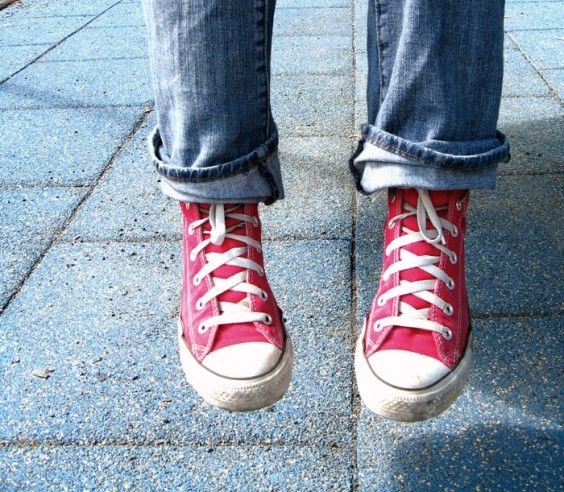A paper released Monday by the American Academy of Pediatrics recommends that all 16-18-year-olds receive routine HIV tests if they live in an area with a human immunodeficiency virus (aka HIV, the virus that leads to AIDS) prevalence higher than 0.1 percent. Prior to the new guidelines, HIV testing was recommended only for teens who admitted to being sexually active.
While Dr. Jaime Martinez, one of the authors of the AAP paper, told CNN that though the number of new infections in sexually active teens has not decreased, researchers have found that youth who are aware of their HIV status practice safer sex and are less likely to pass on the disease
The new recommendation also advocates for the rapid-response HIV test, which provides a diagnosis within 20 minutes, as opposed to other types of tests that can take more than a week to yield results. However, the AAP fears that pediatricians may not recognize the importance of HIV testing. Plus, they fear that at-risk adolescents may be uninsured or not have access to primary care physicians, making testing at emergency facilities a priority.
Wondering where the new guidelines will take effect? Areas with the highest incidence of HIV include Miami, New York, Washington, D.C., and (more generally) the southeast United States.
While the number of HIV infections plateaued in the ‘90s, some studies suggest that those numbers are on the rise again. Men who’ve had male partners are especially at-risk for infection, and surveys suggest young men are far more often unaware of their HIV status than their older peers.
Testing options include blood, saliva, and urine tests (the rapid, 20-minute test is a blood test). Many doctors provide HIV testing (check out specific places with this handy dandy locator), but testing is also available at many clinics and health departments, as well as with at-home testing kits. The CDC recommends everyone be tested for HIV at some point, and that people who participate in certain risky behaviors be tested annually.

